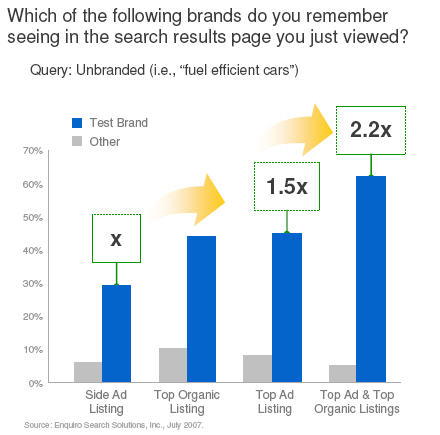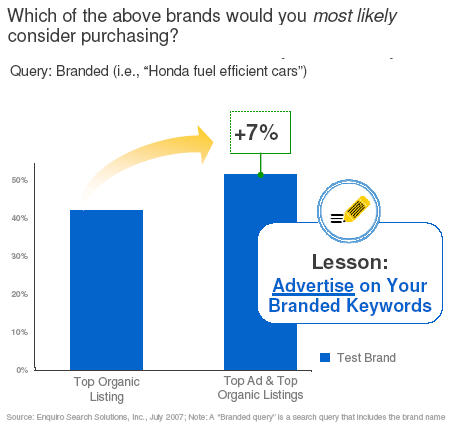The adage I heard as a kid was, “Why would anyone buy the cow if they can get the milk for free?” True, these sages of my youth weren’t referring to music downloads and DRM (digital rights management). But record labels with much to lose financially have used this argument to defend their aggressive protection of their artists’ intellectual property. They have to be troubled this week by news of Radiohead’s In Rainbows topping album sales charts — in spite of the band’s offering this CD months ago for download, unprotected and at whatever price a listener would like to pay (including nothing at all).
Radiohead wasn’t the first to act on the urge to give fans a voice in setting the monetary worth of their music. One of the first artists was Issa, formerly known as Jane Siberry. As I’ve written before, this is an online business model not unlike street corner busking — in a way returning artists to their performing roots. Radiohead is, however, the most prominent group of recording artists to try this model.
Now, according to a New York Times account released late Wednesday, the band — and their recording label — are reaping an unexpected windfall from this experiment in open source music. Here is an excerpt:
In a twist for the music industry’s digital revolution, “In Rainbows,†the new Radiohead album that attracted wide attention when it was made available three months ago as a digital download for whatever price fans chose to pay, ranked as the top-selling album in the country this week after the CD version hit record shops and other retailers.
The album, the first in four years from the closely watched British rock act, sold 122,000 copies in the United States, according to Nielsen SoundScan.
Part of the reason I find this fascinating is, frankly, personal guilt. This news helps assuage any feelings I might have about copyright violation. Like millions of others, I too occasionally trade digital copies of CDs I like with a friend or two. I tell myself this is ethically acceptable, because it promotes music that my friends might not hear otherwise. In my defense, these friends are hardly a mainstream bunch.
They listen to long tail music.
That means chances are slim they would otherwise sample a given artist’s music. What’s more, these folks are the sort to glom onto an artist they like. They may wind up buying all of that artist’s work (yes, I’m thinking of you, Michael!).
As a business model, I wonder if all long tail artists and labels might benefit from “legal” DRM-free distribution. Perhaps DRM should be removed from any downloadable CD that doesn’t meet a certain sales level. And perhaps the stigma should be removed from ripping and sharing (one-on-one only, not using peer-to-peer online pirating platforms).
Call it a crazy libertarian streak, but I’m the type to wonder about decriminalizing other activities whose overall harm is in serious dispute. This latest news raises the “dispute level” for me of this common little “crime.” It makes me wonder even more about the real financial harm done when a CD by a relatively obscure artist is shared at no charge.
What do you think?
 To kick things off in 2008, I’m thrilled to bring you an interview with Michael Beddows, CEO of the new
To kick things off in 2008, I’m thrilled to bring you an interview with Michael Beddows, CEO of the new 

